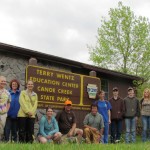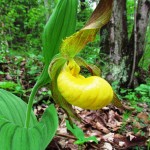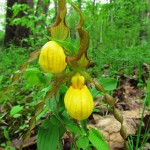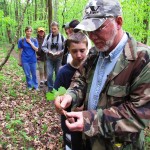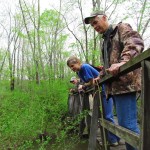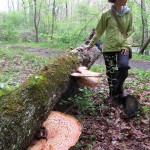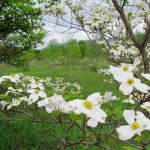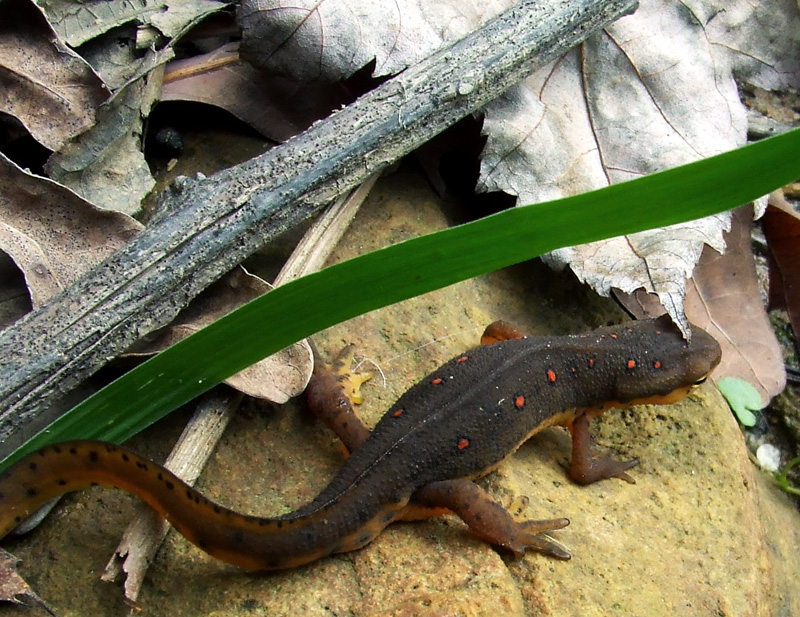Check out this heart-warming story of wildlife rehabilitation on Froggy 98's website: "Sparky Returns Home to the Swamp." The author did exactly the right thing by calling her local WCO, and the rehabilitor, Centre Wildlife Care, is the best in our area.
Please fill out PA state forest survey
From the Pennsylvania Bureau of Forestry's Forest Resources Planning and Information Team:
The Bureau of Forestry is beginning the planning process to revise the State Forest Resource Management Plan (SFRMP). The SFRMP is a broad, state-wide plan used to guide the Bureau of Forestry’s management of state forest resources.
Public participation is an integral part of state forest management. As part of the SFRMP revision, we developed a survey to gather public input that can be incorporated into the planning process. Additional opportunities for public input through 2014 will include written comment and public meetings. Hearing from the public gives us insights into the needs and concerns of citizens and stakeholders, so we can better adapt our management strategies.
As a valued state forest stakeholder or user, we are interested in your survey response. The survey takes approximately 10 minutes to complete. Please use the following link to access the survey on the Rothrock State Forest webpage. You will find a link to the survey under the Advisories section of the webpage. The survey will be available online through October 31, 2013.
www.dcnr.state.pa.us/forestry/stateforests/rothrock
Please feel free to share this link with other state forest stakeholders or users that you may know.
One suggested short- and long-term priority for forest planners: planting western hemlock or native red spruce to replace the eastern hemlocks killed by the hemlock wooly adelgid, to preserve cold-water habitat and many other essential wildlife values.
Game Commission biologists seek assistance from PA residents in Appalachian Bat Survey
Read the Game Commission press release (via PA Environment Digest). Here's a snippet:
Game Commission biologists are seeking assistance from residents in a regional monitoring effort to collect bat maternity colony data this summer. This monitoring is especially important due to the mortalities in bat populations throughout the northeastern United States, including Pennsylvania, being caused by White-Nose Syndrome.
"WNS primarily kills during the winter, but the true impact of WNS on bat populations cannot be determined using estimates from winter hibernacula alone," said Calvin Butchkoski, Game Commission wildlife biologist. "Pennsylvanians can help us more fully gauge the impact of WNS on the landscape by hosting a bat count this summer. We are especially urging people who have ever conducted a bat count for the Game Commission in the past to redo a count this year."
To obtain applications and information on how to participate, visit the Game Commission's Appalachian Bat Count webpage. Forms on the website guide interested participants through the steps of timing, conducting a survey and submitting their findings to the Game Commission. Scout groups, 4-H clubs, local environmental organizations, and individual homeowners can all participate in this important effort.
2013 Terry Wentz Memorial Hike photos
Our annual hike in memory of Terry Wentz took place on May 11 at Canoe Creek State Park, where Terry was Superintendent for many years. The yellow lady's-slipper orchids and flowering dogwood trees were at their height of bloom.
New 10-year amphibian and reptile atlasing project launched in PA
From Pennsylvania Herp Identification:
The Mid-Atlantic Center for Herpetology and Conservation is pleased to announce the launch of the Pennsylvania Amphibian & Reptile Survey (abbreviated as PARS), a new amphibian and reptile atlas created through a partnership with the Pennsylvania Fish & Boat Commission. This ten-year project (2013-2022) is calling on Pennsylvania’s naturalists, amateur and professional herpetologists, and nature enthusiasts in general, to join the increasing ranks of citizen scientists collecting important observations for science and resource agencies. The amphibians and reptiles of Pennsylvania need your help.
Atrazine, phosphate fingered in amphibian declines
From Penn State News, "Study suggests link between agricultural chemicals and frog decline":
Around the world, amphibian populations are in decline, and scientists have not been able to figure out why. Now a study of leopard frogs in Pennsylvania has identified a possible culprit, and the ramifications are troubling, according to a Penn State ecologist.
Research conducted primarily at Penn State's Russell E. Larson Agricultural Research Center at Rock Springs in the summer of 2007 — described in a recently published article in the journal Nature — suggests that chemical pollution can increase often-deadly trematode (parasitic flatworm) infections in a declining amphibian species.
"Like canaries used to gauge the safety of air in coal mines, amphibians are thought to be the 'canaries' in our freshwater environments, and reductions in their health can warn that subsequent species declines might be in store," says Hunter Carrick, associate professor of aquatic ecology in Penn State's College of Agricultural Sciences, who was one of the lead investigators in the study.


